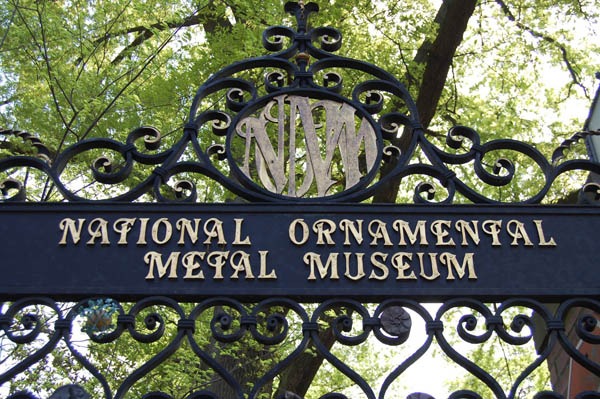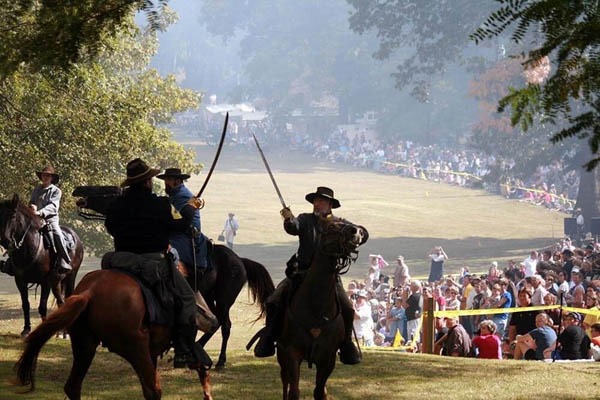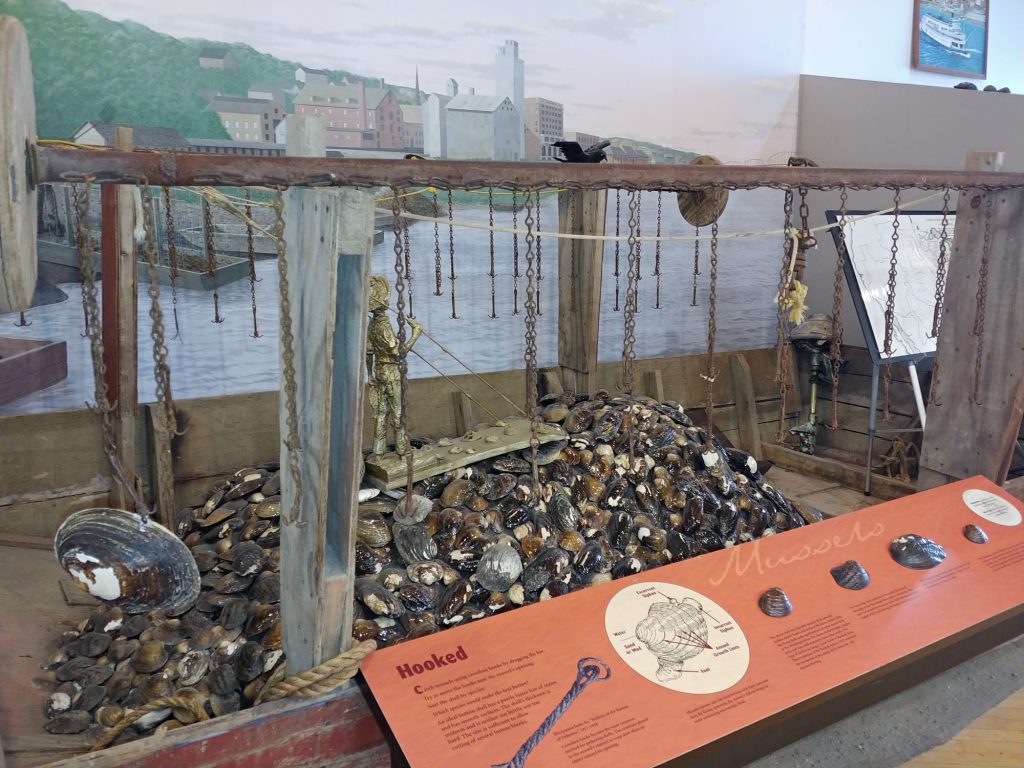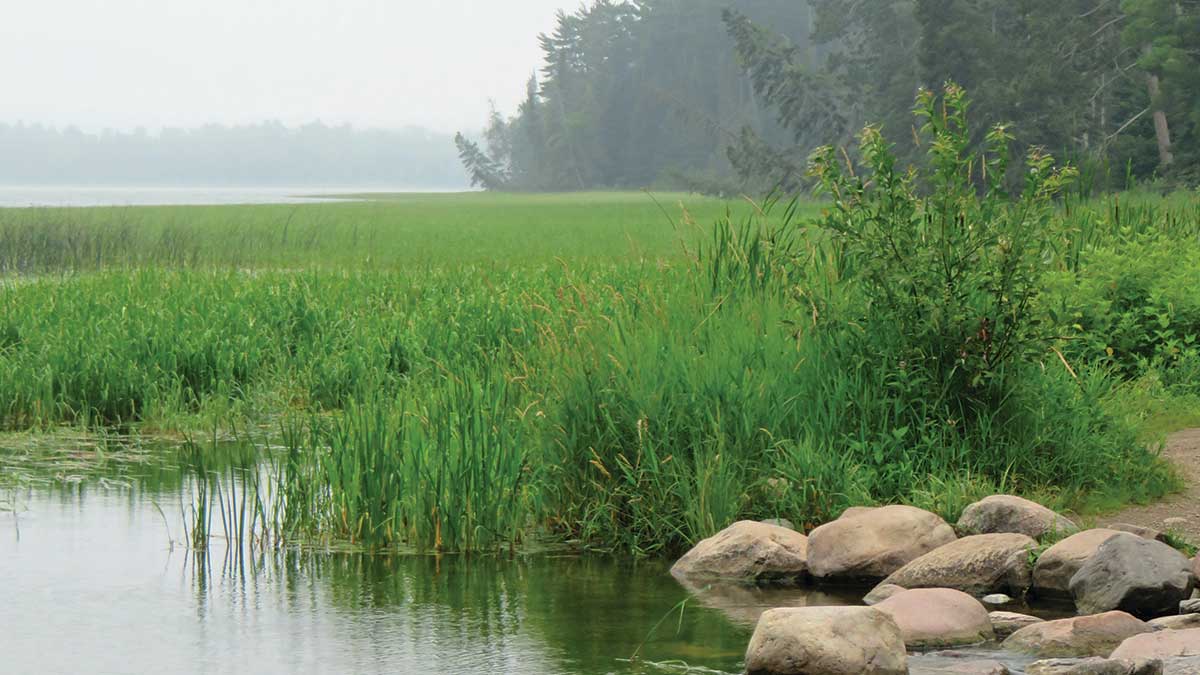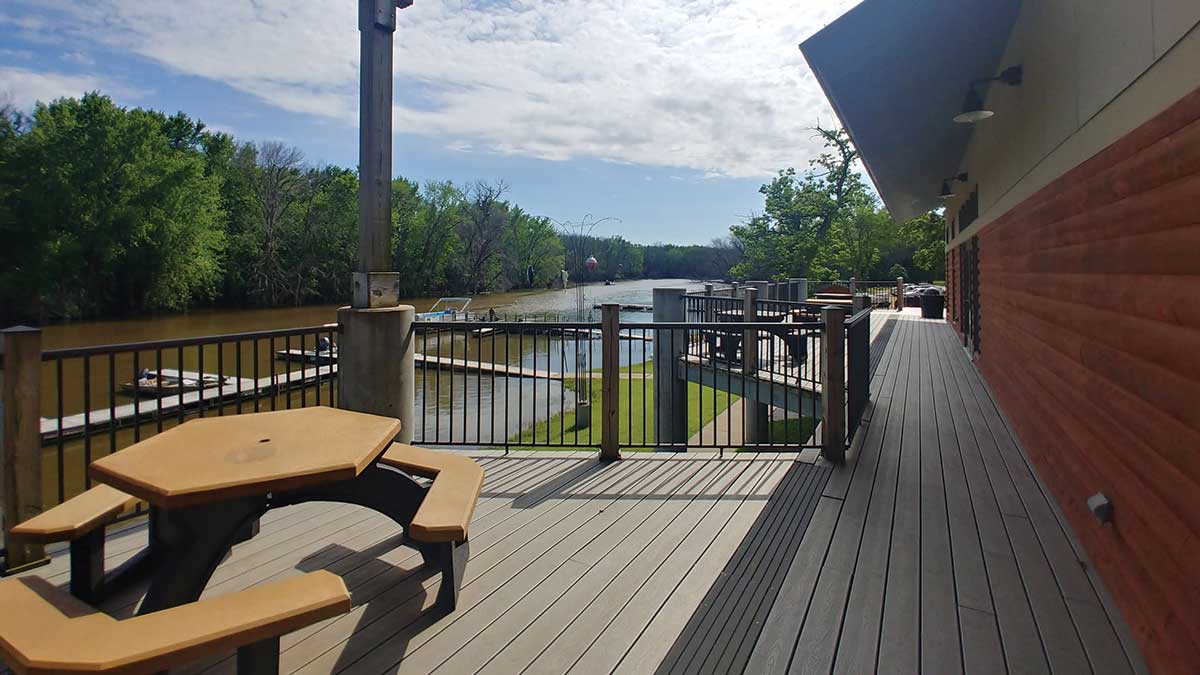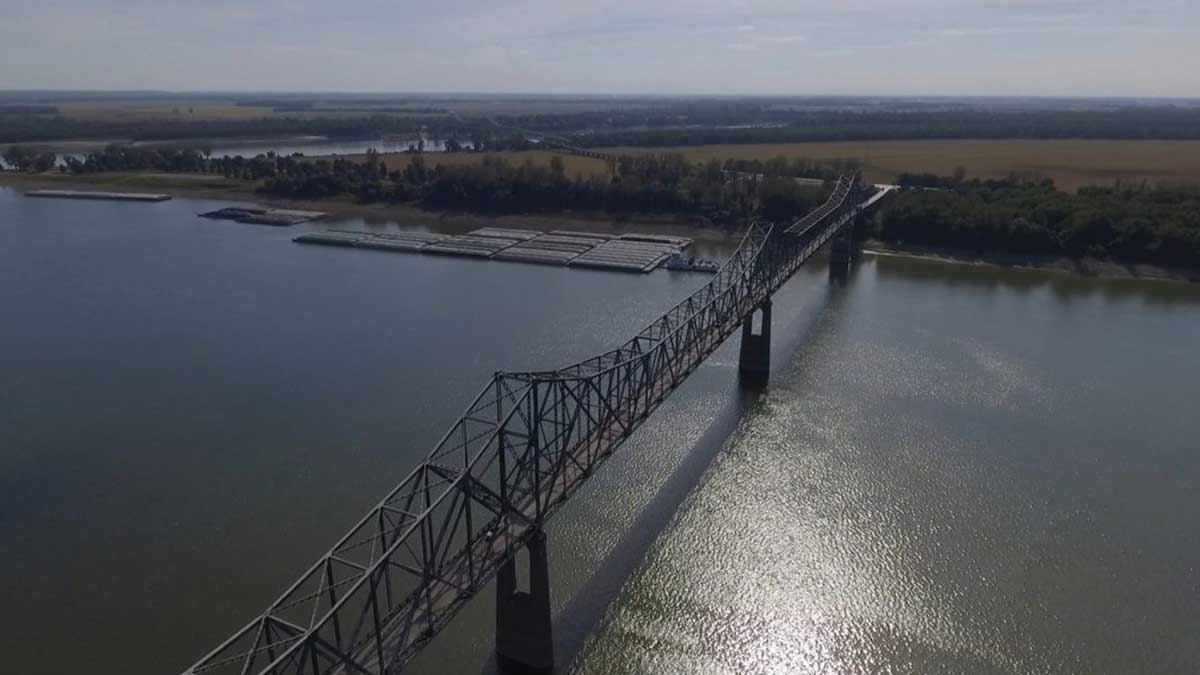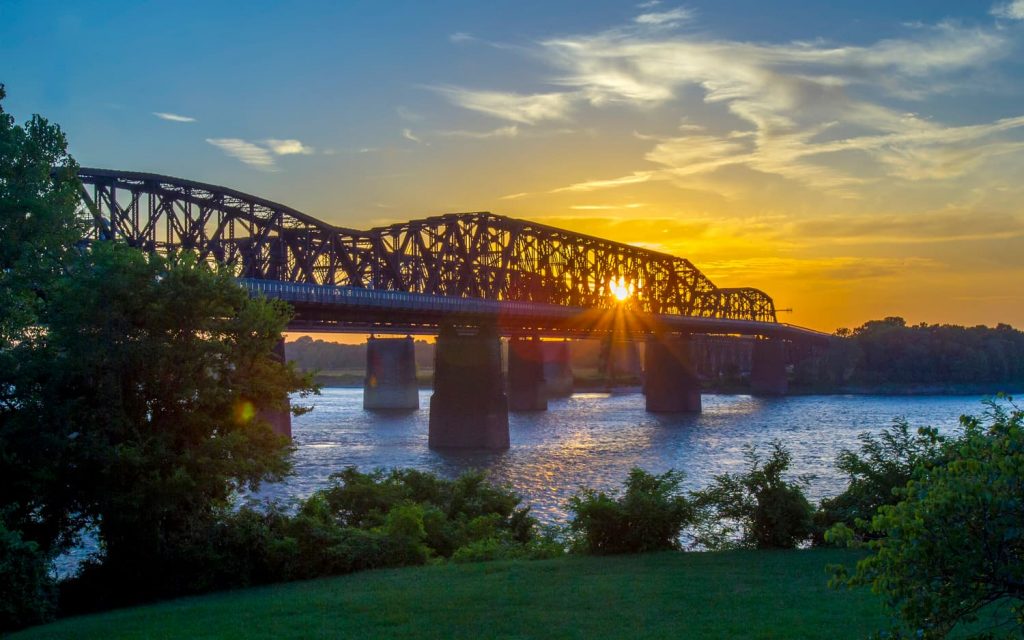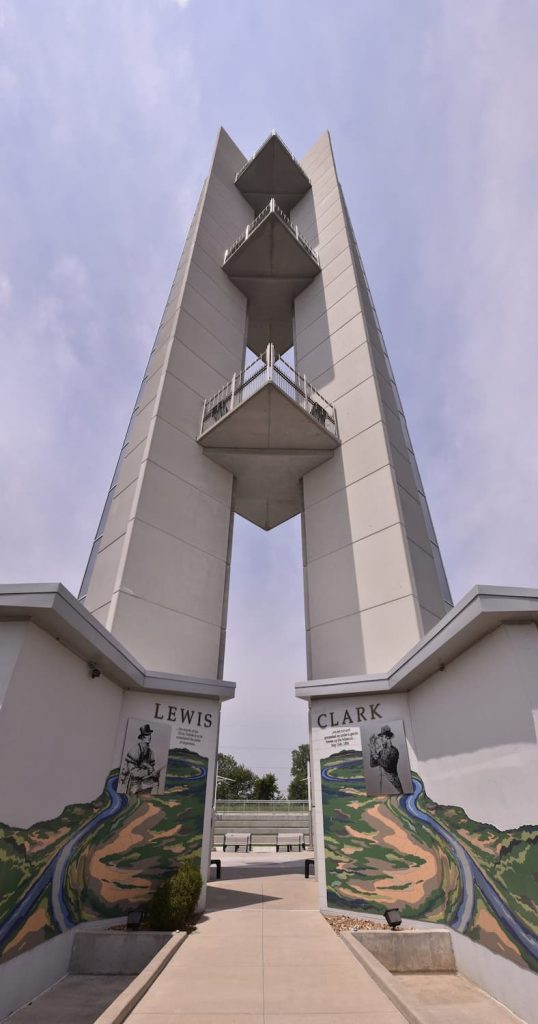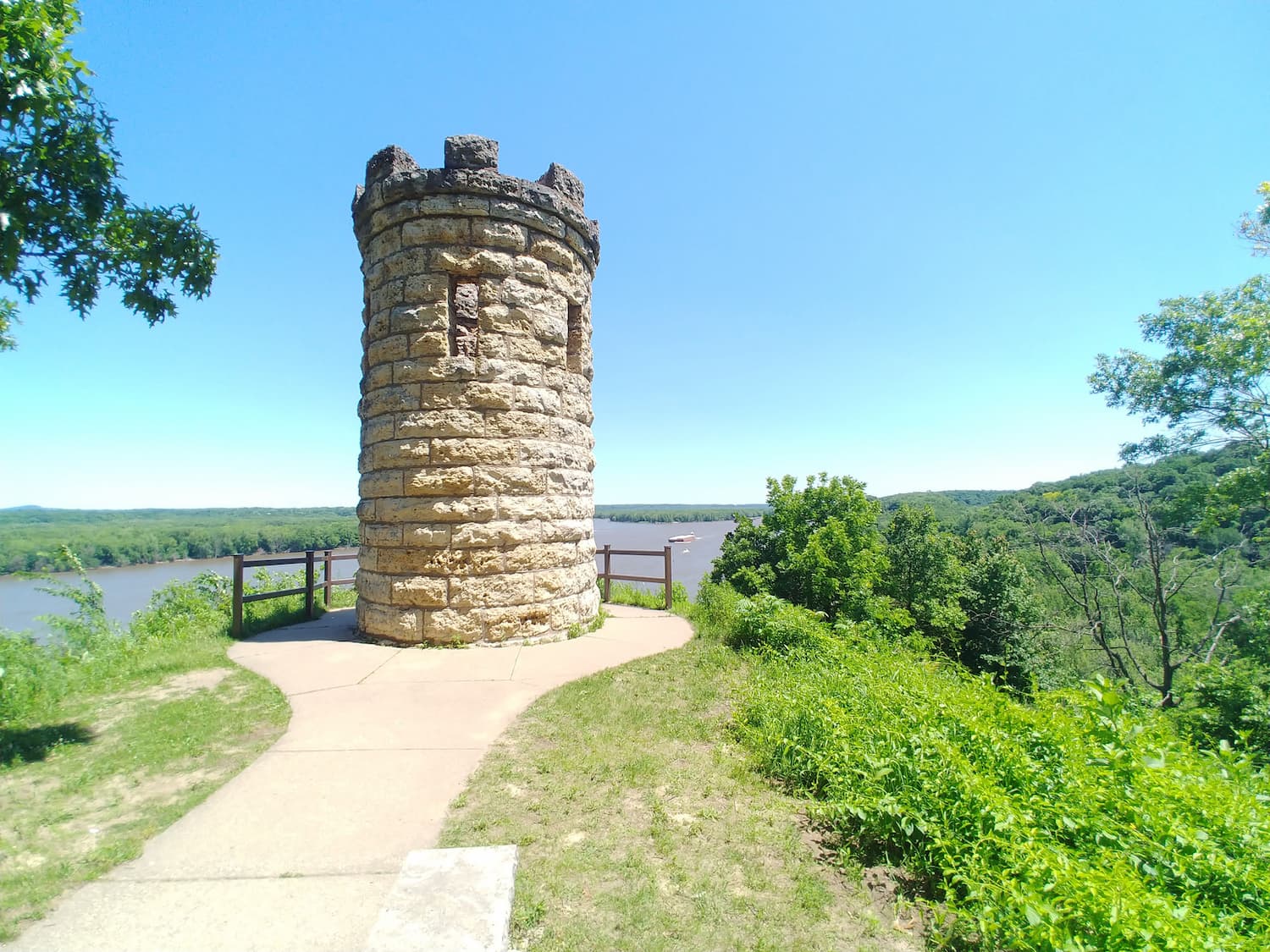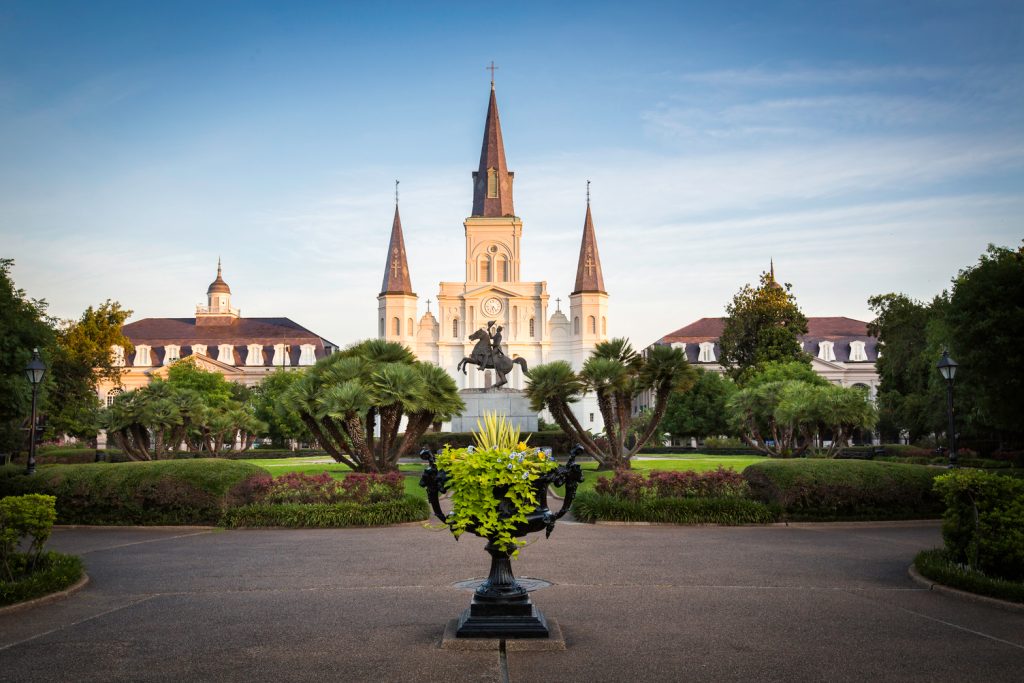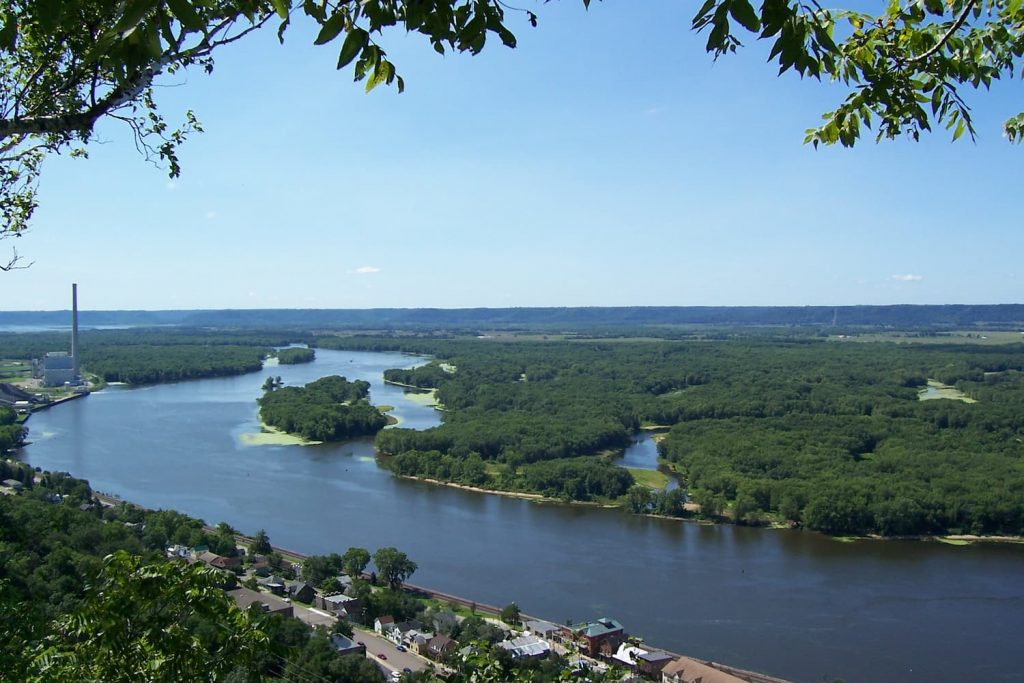All along the Great River Road, you’ll find villages, small towns and big cities rich in the culture, history and cuisine of the Mississippi River region. Here’s a closer look at just a few river communities you shouldn’t miss on your next Great River Road trip.
Red Wing, Minnesota
Located on the banks of the Mississippi River about an hour south of the Twin Cities, Red Wing has a great small-town vibe, with a welcoming downtown filled with historic buildings, as well as an impressive food and drink scene and great spots for scenery and outdoor recreation.
Stockholm, Wisconsin
Head across the Mississippi River at Red Wing and travel south along Highway 35 on the Wisconsin side of the river, and you’ll find the quaint village of Stockholm. Stockholm, which sits upon the shores of the impressive Lake Pepin (the largest lake on the Mississippi River), takes its Swedish heritage seriously and embraces its historic downtown, whose storefronts are filled with restaurants and shops catering to visitors.
Galena, Illinois
Consistently named one of the best small towns in America, Galena is a popular travel destination that’s a “one-tank trip” from many Midwestern cities. Visitors will marvel at Galena’s well-preserved 19th-century buildings (you can take them in while riding a trolley on one of the town’s historic tours) as well as its iconic Main Street, which is home to more than 125 shops and restaurants.
Dubuque, Iowa
Proclaiming itself as the place “where Iowa started,” Dubuque sits along a scenic stretch of the Mississippi River in east-central Iowa. Visitors will find unique attractions like the Fenelon Place Elevator—the world’s shortest, steepest railway, which takes visitors up the bluffs overlooking downtown. Shop and dine in a downtown that was once home to a booming warehouse industry or visit the Mines of Spain Recreation Area.
Memphis, Tennessee
Well, Memphis isn’t exactly a small river town, but it is definitely worth a visit if you’re traveling along the southern section of the Great River Road. The list of places to go is almost endless—Beale Street, Graceland, BBQ restaurants and important sites like the National Civil Rights Museum all make the list—but there’s really so much to explore in the Home of the Blues.
Clarksdale, Mississippi
Speaking of the blues, Clarksdale—about an hour and a half south of Memphis along iconic Highway 61—is home to the Delta Blues Museum, which shares the stories of the legendary musicians from Mississippi and throughout the Delta who helped develop this uniquely American form of music. The blues lives on in Clarksdale to this day, too—you can find live music almost every night and fun music festivals throughout the year.








